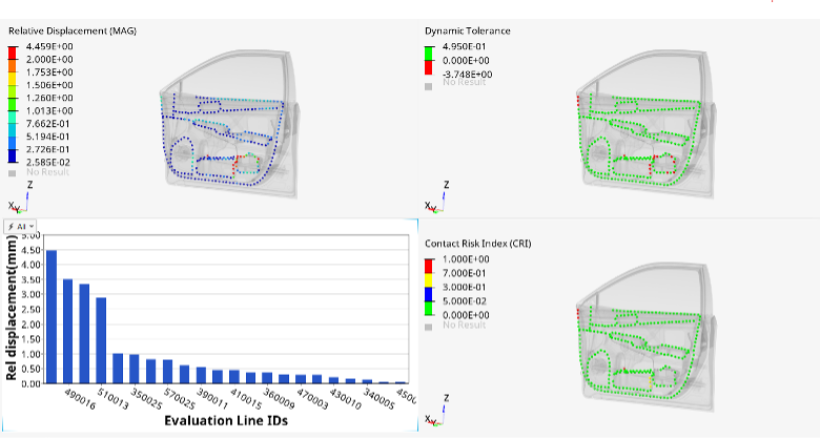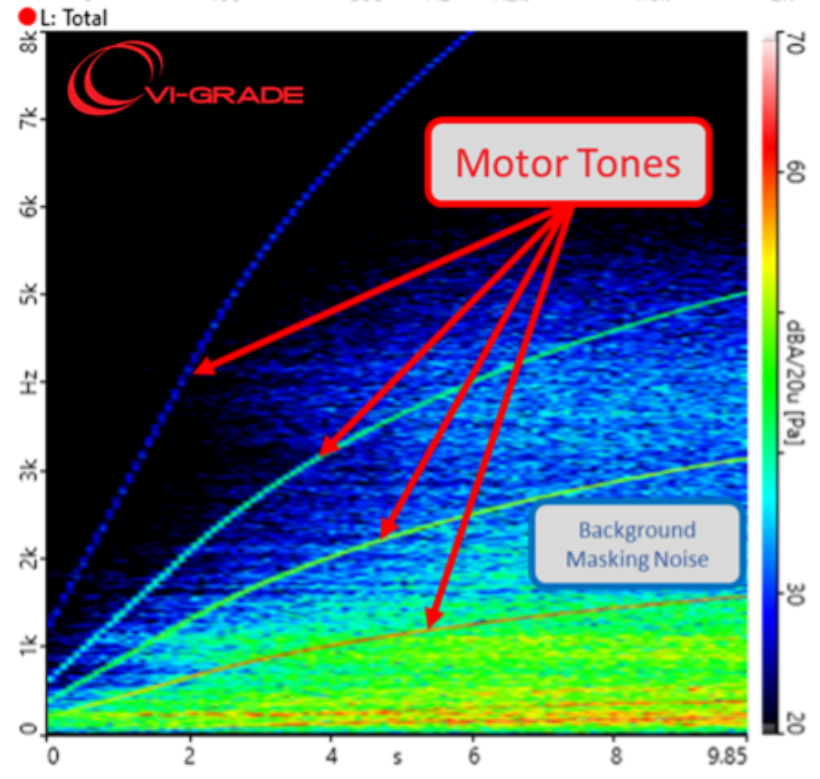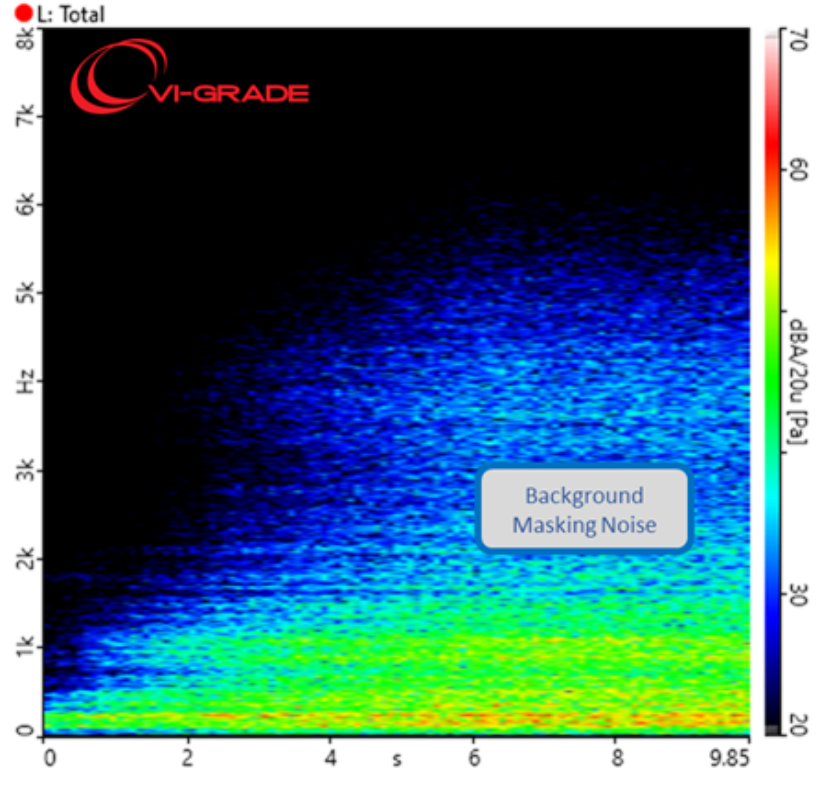Digital Debunking: Do You Want to Hear the Most Annoying Sound in the World?
For many of us, there is a specific type of sound that absolutely makes our skin crawl. Different people have their own triggers. It could be your phone’s alarm or a dentist’s drill, but it’s generally agreed that certain sounds can be unpleasant, annoying, or even downright repellent to our ears.
“The Most Annoying Sound in the World,” YouTube, posted by loki69er, January 21, 2007 from Dumb and Dumber (1994), New Line Cinema, directed by Peter Farrelly.
There are theories about why particular sounds are so triggering. Researchers think that this is likely governed by a combination of evolutionary and cultural forces. For instance, some scientists theorize that we are historically hard-wired to react to the high-pitched noise of fingernails dragging on a chalkboard because it sounds similar to the screech monkeys made to alert others of danger.
In 2007, a study by Trevor Cox, a professor of acoustic engineering at Salford University, set out to rank the most annoying sounds in the world in hopes of gaining insight into what makes certain noises so objectionable. The online study attracted an incredible 1.1 million votes. And the winner? The sound of a person vomiting, followed by microphone feedback, and wailing babies. Read more about this study here.
For product designers, noise has an important influence on product performance, perceived quality, and customer experience. But producing the sounds that customers will hear in the real-world are difficult and costly to reproduce accurately in testing environments. Can simulation help designers identify unwanted sound in a virtual environment, and if so, how do engineers use this information to improve the acoustic performance of their designs?
The Acoustic Challenges of “Quiet EVs”
Electric vehicle (EV) motors are much quieter than internal combustion (IC) engines, but they are in no way silent. The massive amount of low-frequency noise generated by ICEs actually serve to drown out some of the annoying rattles, whines, and buzzes that are produced by the vehicle powertrain. Without this low-frequency noise, drivers in the cabin of an EV more readily experience high-frequency powertrain noise along with exterior wind and road noise.
Depending on the design of the motor, the electromagnetic (EM) pulses and corresponding torque pulses from the motor can be very strong. These pulses can be radiated as noise directly from the motor housing and can also be transmitted structurally to the support structure through the motor mounts.
Noise, vibration, and harshness (NVH) engineers have zero tolerance for buzz, squeak, and rattle (BSR) in EVs. Experience has shown, however, that BSR problems often remain elusive and show up in bizarre and frustrating ways. The absence of an IC engine can unmask many of these gremlins, so a great deal of focus is required to prevent unwanted acoustic performance from creating a negative overall perception of the vehicle.
Identifying and Designing Out BSR Noise
Altair’s Squeak and Rattle Director (SnRD) enables acoustic engineers to rapidly identify and eliminate squeak and rattle in products at an early design stage. By utilizing a novel set of tools and methods in a streamlined, semi-automated process that is fully integrated in the Altair HyperWorks™ environment, SnRD simplifies otherwise complex and time-consuming tasks.

Results from Altair Squeak and Rattle Director showing relative displacement, dynamic tolerance, and contact risk in an automotive door assembly
Users can easily analyze risks, identify root-causes, find a solution through numerical optimization, and explore effects caused by climate and manufacturing variabilities. Together with the extensive squeak and rattle expertise offered by Altair’s product engineering team, SnRD is the market-leading solution for perceived quality.
SnRD users also have access the Ziegler PEM Database, a seamlessly integrated material library to predict the stick-slip phenomena for different materials.
While we’ve focused mostly on EV engine noise, SnRD can also be applied to speakers and other consumer electronics products. Check out this article by Britta Käck, product manager for Altair Squeak and Rattle Director, where she examines how jamming to your favorite song can be ruined by the rattling and buzzing of the car trims and speakers.
Taking an Audio Test Drive
The simulation data that can be produced by NVH software is invaluable to engineers, but sound quality can also be a subjective measure. It can be difficult to decide which sound is “better” by looking at NVH data and graphs alone.
For example, the graphs below are “sound maps” engineers use to study and understand the sound of a vehicle. These three maps show the sound of an EV accelerating. The right-side scale shows the frequency or pitch of the sound, and the time of the sound file is shown on the bottom scale. The color indicates the level or volume of each tone. The first graph shows very clear “harmonics” or tones increasing in pitch as the vehicle accelerates. The second graph shows the same, but at much lower levels. The third shows the sound with no motor noise. Which one is better? Which one is acceptable?



Insight+ is a tool developed to solve this issue. Developed by VI-grade, this tool allows vehicle designers to take an “audio test drive.” Insight+ allows users to calculate, listen to, and modify individual noise and vibration contributions from test data and/or CAE models in the full frequency range, bringing a realistic experience of NVH characteristics forward in the design process. Insight+ is available to Altair users through the Altair Partner Alliance.
Insight+ is integrated with Altair’s NVH solutions, allowing simulated acoustic performance to help drive vehicle design decisions. Check out this webinar on the coupled Insight+ and Altair NVH Director workflow.
So, Can Simulation Eliminate the World’s Most Annoying Sounds?
Tools like Altair Squeak and Rattle Director and Insight+ enable users to improve perceived product quality through the elimination of unwanted noise in the design phase. Bringing acoustics simulation into the development process also contributes to reduced manufacturing costs by avoiding unnecessary prototyping and quick fixes later in production.
We haven’t yet developed technology to make your neighbor’s car alarm less annoying, but we can certainly improve the audio experience of driving an electric car, listening to a speaker, or any other product that might squeak, rattle, or buzz.





